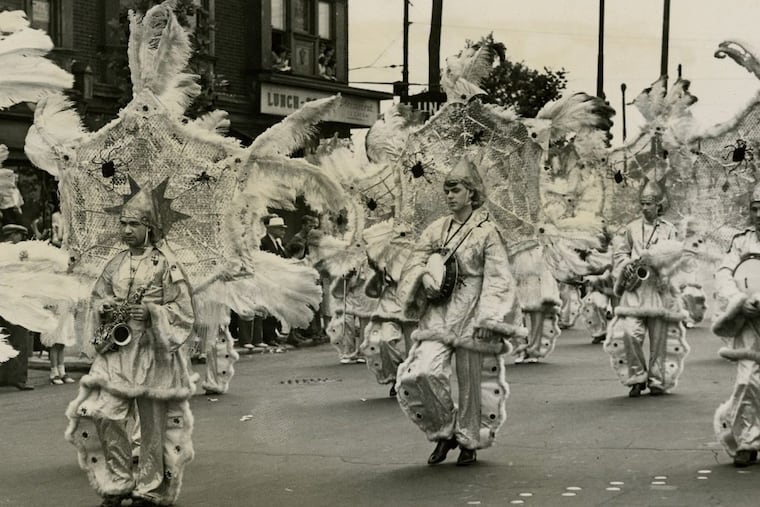How the Mummers came to Philadelphia | Philly History
The Mummers Parade grew out of this variegated background, resulting in Philly's famous (and famously peculiar) News Years tradition.

The Mummers Parade grew out of this variegated background, resulting in Philly's famous (and famously peculiar) News Years tradition.
